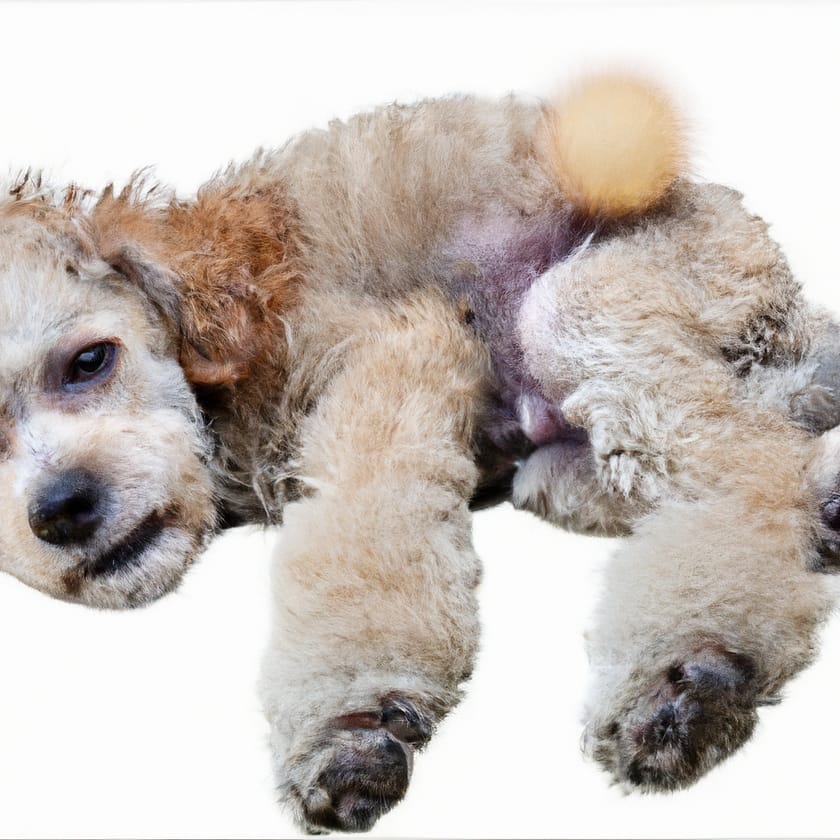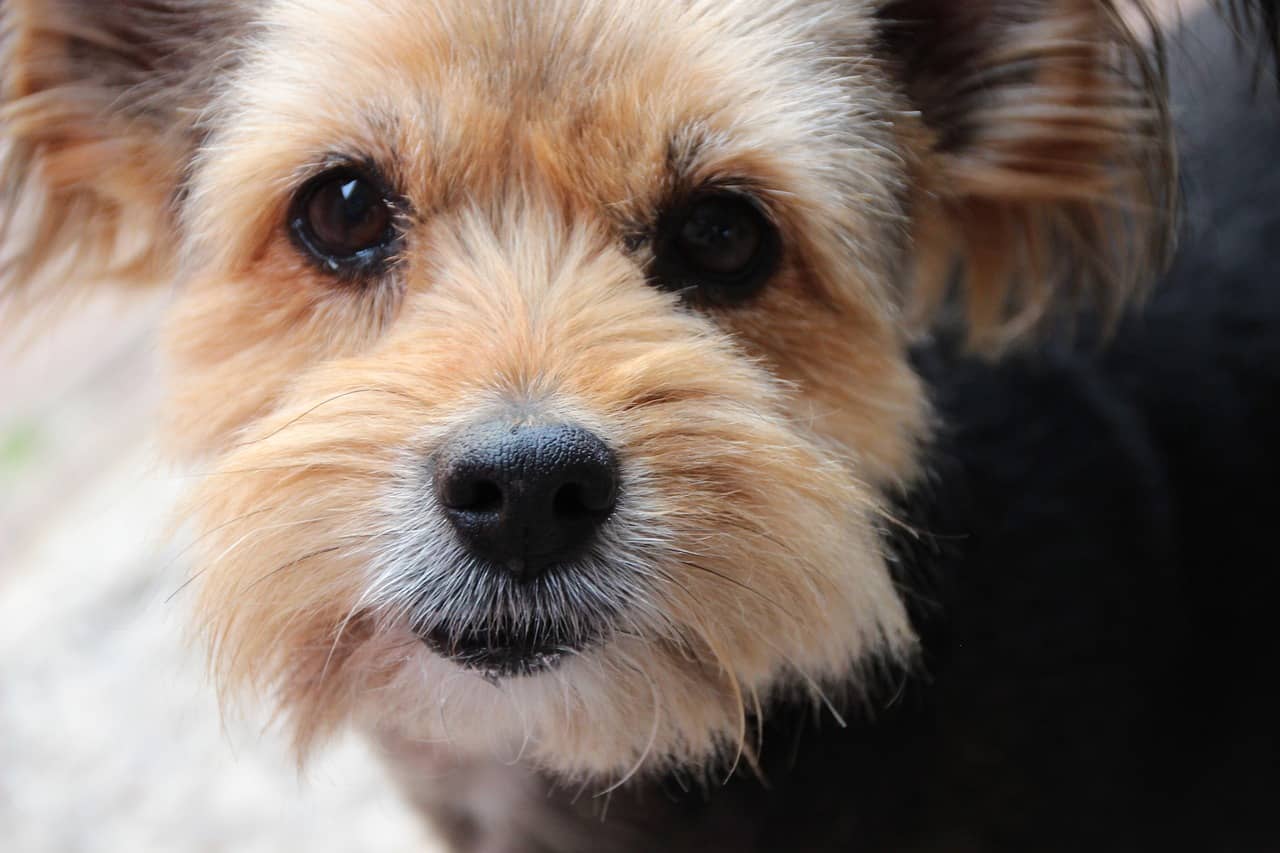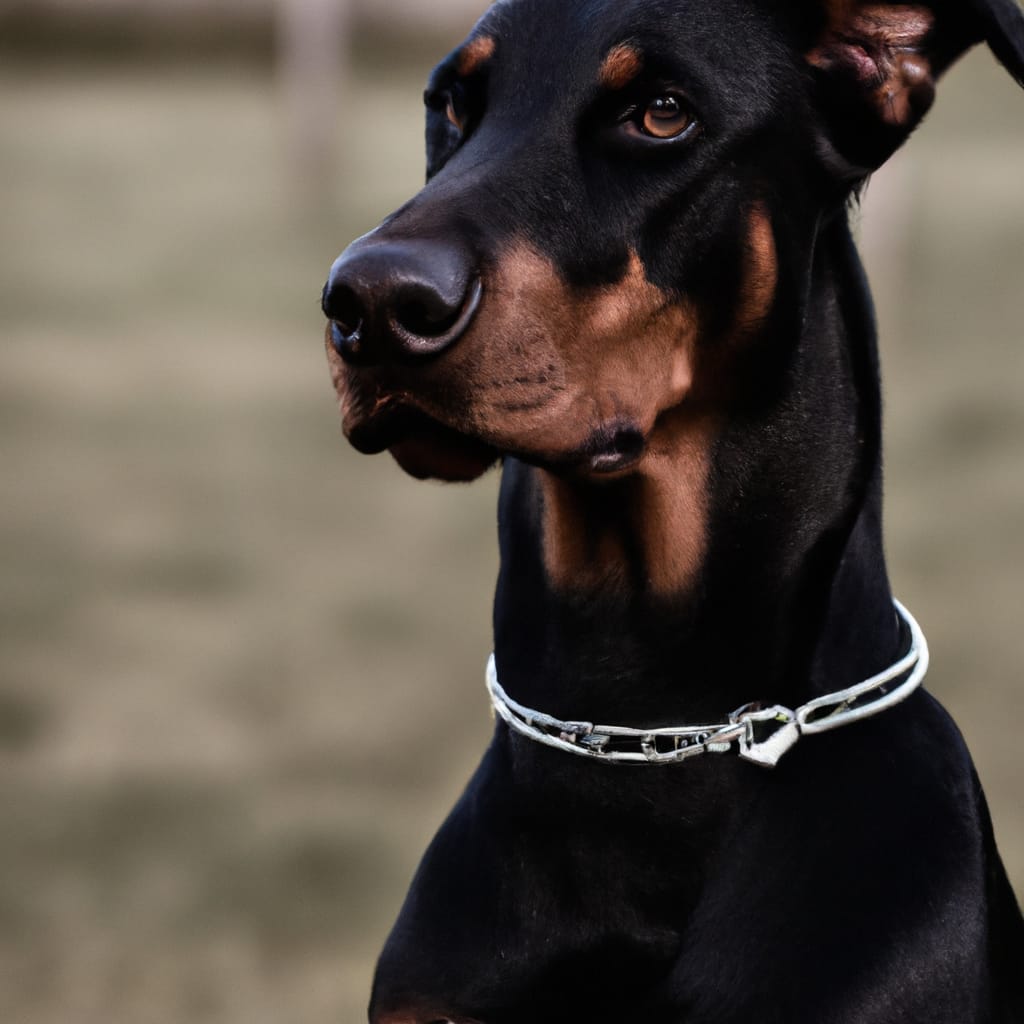Are Umbilical Hernias In Dogs Something To Worry About?
In this article, you will explore the topic of umbilical hernias in dogs and discover whether or not they are something to worry about. An umbilical hernia is a condition where a portion of the dog’s intestines protrudes through the abdominal wall near the belly button. While this may sound concerning, it is important to understand the causes, potential complications, and treatment options to determine the level of concern you should have for your furry friend. So, let’s delve into the world of umbilical hernias and gain a better understanding of this common condition in dogs.

Causes of Umbilical Hernias in Dogs
Genetics
Umbilical hernias in dogs can be caused by genetic factors. Certain breeds may be more prone to developing these hernias due to inherited weaknesses in the abdominal wall. If a dog has a family history of umbilical hernias, there is a higher likelihood that they may develop one as well.
Trauma
Trauma to the abdomen can also be a cause of umbilical hernias in dogs. This can occur if a dog experiences a strong impact to the belly, such as being hit by a car or falling from a height. The force of the trauma can create a hole or weak spot in the abdominal wall, leading to the protrusion of the intestines or other organs through the umbilical ring.
Excessive Pressure
Excessive pressure on the abdominal wall can contribute to the development of umbilical hernias. This can occur in dogs that engage in activities that put strain on their belly, such as pulling heavy loads or participating in vigorous exercise. The constant pressure can weaken the abdominal muscles and create a vulnerability in the umbilical area.
Pregnancy
Female dogs that have been pregnant may be at a higher risk of developing umbilical hernias. The strain placed on the abdominal wall during pregnancy and childbirth can weaken the muscles and lead to the formation of a hernia. It is important to monitor female dogs after they have given birth to check for any signs of umbilical hernias.
Obesity
Being overweight or obese can increase the risk of developing umbilical hernias in dogs. The excess weight puts added pressure on the abdominal muscles, making them more susceptible to tearing or weakening. Maintaining a healthy weight through proper diet and exercise can help reduce the occurrence of hernias in dogs.
Symptoms of Umbilical Hernias in Dogs
Visible Bulge or Swelling
One of the most noticeable symptoms of an umbilical hernia in dogs is the presence of a visible bulge or swelling around the belly button area. This bulge may vary in size and can be seen when the dog is standing or lying down. It is important to examine any bulges or swellings carefully as they may indicate the presence of an umbilical hernia.
Redness or Discoloration
If a dog has an umbilical hernia, the skin around the hernia site may appear red or discolored. This can be a result of the strain placed on the blood vessels in the area due to the protrusion of organs. Redness or discoloration should be examined by a veterinarian to determine the cause and appropriate treatment.
Pain or Sensitivity
Dogs with umbilical hernias may experience pain or sensitivity in the abdominal area. They may show signs of discomfort when the hernia is touched or manipulated. It is important to handle dogs with umbilical hernias gently to avoid causing them any additional pain or discomfort.
Vomiting or Diarrhea
In some cases, dogs with umbilical hernias may develop gastrointestinal symptoms such as vomiting or diarrhea. This can occur if the herniated organs put pressure on the digestive tract, causing disruption in normal digestion. If a dog with an umbilical hernia exhibits these symptoms, it is important to seek veterinary attention promptly.
Loss of Appetite
A loss of appetite can be a sign of an umbilical hernia in dogs. The discomfort and pain associated with the hernia can make eating unappealing for the affected dog. If a dog exhibits a sudden decrease in appetite or shows disinterest in food, it is important to consult a veterinarian to determine the underlying cause.
Diagnosing Umbilical Hernias in Dogs
Physical Examination
A veterinarian will start by performing a physical examination of the dog’s abdomen to assess the presence of an umbilical hernia. They will palpate the belly, looking for any bulges or abnormalities and evaluating the size and severity of the hernia.
Medical History
Obtaining a detailed medical history is an important part of diagnosing umbilical hernias in dogs. The veterinarian will ask questions about the dog’s breed, age, and any previous injuries or medical conditions. This information can help determine if there are any underlying factors contributing to the development of the hernia.
Ultrasound or X-ray
To get a better view of the hernia and its impact on the abdominal organs, the veterinarian may recommend imaging tests such as an ultrasound or X-ray. These tests can provide a clearer picture of the size and location of the hernia, as well as any potential complications.
Blood Tests
In some cases, blood tests may be conducted to assess the overall health of the dog and rule out any underlying conditions that may have contributed to the development of the umbilical hernia. Blood tests can help identify any abnormalities or imbalances in the dog’s blood chemistry, which can guide the treatment plan.
Potential Complications of Umbilical Hernias
Strangulation of Intestines
One of the most serious complications of umbilical hernias in dogs is the strangulation of the intestines. If the hernia becomes trapped or twisted, it can cut off blood supply to the trapped organs, leading to tissue damage and potentially life-threatening consequences. Immediate veterinary intervention is necessary if strangulation is suspected.
Infection
Umbilical hernias can also be prone to infection if bacteria enter the hernia site. This can occur if the dog licks or scratches the hernia, introducing bacteria from the mouth or paws. Infections can cause swelling, pain, and further complications if left untreated.
Internal Organ Damage
The protrusion of organs through an umbilical hernia can cause damage to the organs themselves. The continuous pressure and friction of the hernia walls can lead to tissue damage, inflammation, or even perforation of the organs. This can further complicate the treatment and prognosis for the affected dog.

Treatment Options for Umbilical Hernias
Watchful Waiting
In some cases, especially for small and uncomplicated umbilical hernias, a veterinarian may recommend watchful waiting. This means monitoring the hernia closely and ensuring no complications arise. If the hernia remains small and does not cause any discomfort or other issues, surgery may not be necessary.
Surgical Repair
Surgical repair is often the recommended treatment for umbilical hernias in dogs. During the procedure, the hernia is carefully repaired, and the abdominal wall is strengthened to prevent future herniations. The surgical approach can vary depending on the size and severity of the hernia, as well as the individual dog’s overall health.
Medical Management
In some cases, depending on the size and severity of the umbilical hernia, medical management may be considered as an alternative to surgery. This can involve the use of medications, such as antibiotics to prevent infection, or the use of supportive measures to manage any associated symptoms. However, it is important to note that medical management alone may not fully resolve the hernia and surgery may still be required.
Prognosis for Dogs with Umbilical Hernias
Depends on Size and Severity
The prognosis for dogs with umbilical hernias depends on the size and severity of the hernia. Smaller hernias that are detected early and treated promptly tend to have a better prognosis compared to larger or more complicated hernias. The veterinarian will assess the individual case and provide a prognosis based on the specific circumstances.
Age and Overall Health
The age and overall health of the dog can also impact the prognosis for umbilical hernias. Younger dogs and those in good general health typically have a better chance of successful treatment and recovery compared to older dogs or those with underlying health conditions. The veterinarian will consider these factors when discussing the prognosis with the dog’s owner.
Prompt and Appropriate Treatment
The promptness and appropriateness of the treatment received also play a significant role in the prognosis for dogs with umbilical hernias. Early detection and intervention can help prevent complications and improve the chances of a positive outcome. Following the veterinarian’s advice and providing thorough care can contribute to a successful recovery.
Preventing Umbilical Hernias in Dogs
Avoiding Breeding Dogs with Hernias
To prevent the passing on of umbilical hernia predisposition, it is advisable to avoid breeding dogs with known umbilical hernias. Selecting breeding dogs with strong abdominal wall structure can reduce the likelihood of passing on the genetic predisposition.
Maintaining a Healthy Weight
Maintaining a healthy weight is important for overall canine health, including the prevention of umbilical hernias. Obesity can put additional strain on the abdominal wall, increasing the risk of herniations. Providing a balanced diet, regular exercise, and monitoring weight can help prevent obesity-related hernias.
Safe Handling and Care
Proper and safe handling of dogs can also contribute to the prevention of umbilical hernias. Avoiding excessive pressure or trauma to the abdomen during activities such as lifting or play can help protect the abdominal wall from potential injuries.
Regular Veterinary Check-ups
Regular veterinary check-ups are essential for detecting and addressing any potential health issues, including umbilical hernias. Veterinarians can perform thorough physical examinations and provide guidance on preventive measures specific to individual dogs.
Frequently Asked Questions
Can small umbilical hernias resolve on their own?
Small umbilical hernias have the potential to resolve on their own, especially in puppies. However, it is important to consult with a veterinarian to properly assess the hernia and determine if watchful waiting or surgical intervention is necessary.
Are certain breeds more prone to umbilical hernias?
Yes, certain breeds may be more prone to developing umbilical hernias due to their genetic predisposition. Some breeds that are commonly associated with umbilical hernias include Airedales, Beagles, Bulldogs, Collies, and Pekingese. However, umbilical hernias can occur in any breed.
Can umbilical hernias be passed down through generations?
Yes, umbilical hernias can have a genetic component and be passed down through generations. Breeding dogs with umbilical hernias may increase the likelihood of their offspring developing hernias. Responsible breeding practices should consider the presence of umbilical hernias in the bloodlines.
Is surgery always necessary for umbilical hernias?
Surgery is typically the recommended treatment for umbilical hernias, especially when they are large or causing discomfort to the dog. However, for small and uncomplicated hernias, watchful waiting under veterinary guidance may be an option.
What is the cost of umbilical hernia surgery?
The cost of umbilical hernia surgery can vary depending on factors such as the location, size, and severity of the hernia, as well as the specific veterinary clinic and region. It is best to consult with the veterinarian or veterinary clinic for an accurate estimate of the cost.
Conclusion
Umbilical hernias in dogs can have various causes, including genetic factors, trauma, excessive pressure, pregnancy, and obesity. Recognizing the symptoms of umbilical hernias, such as visible bulges, redness, pain, vomiting, and loss of appetite, is crucial for early detection and intervention. A thorough diagnosis, potentially involving physical examination, medical history, imaging tests, and blood tests, is essential to determine the appropriate treatment approach. Complications of umbilical hernias can be severe, including strangulation of intestines, infection, and internal organ damage. Treatment options may include watchful waiting, surgical repair, or medical management, depending on the size and severity of the hernia. The prognosis is influenced by factors such as the size and severity of the hernia, the age and overall health of the dog, and the promptness and appropriateness of treatment. Preventive measures, such as avoiding breeding dogs with hernias, maintaining a healthy weight, safe handling, and regular veterinary check-ups, can help prevent the occurrence of umbilical hernias in dogs. Frequently asked questions provide further insights into the nature and management of umbilical hernias in dogs. Overall, being aware of the potential risks, symptoms, diagnosis, treatment, and prevention of umbilical hernias can help dog owners provide the best care for their beloved pets.













